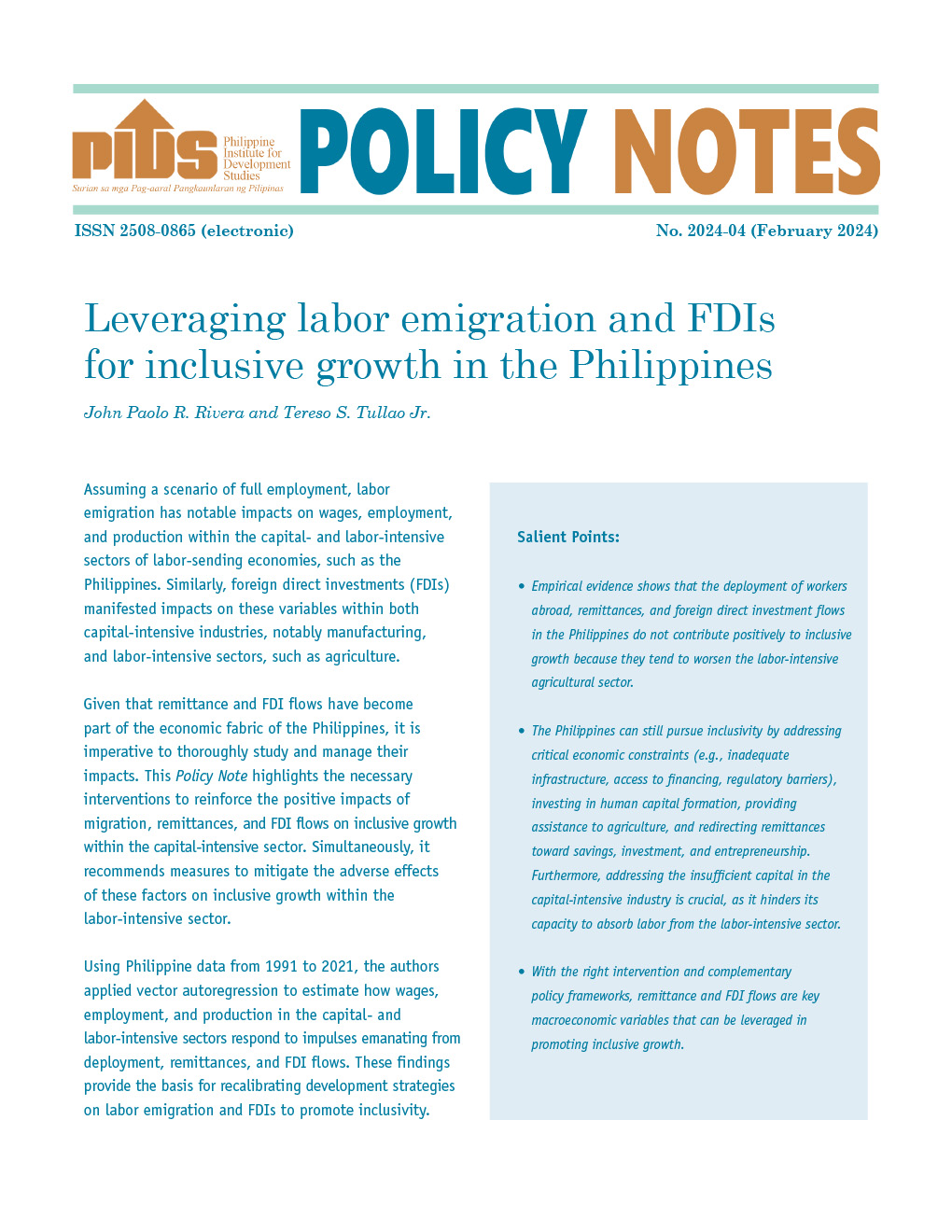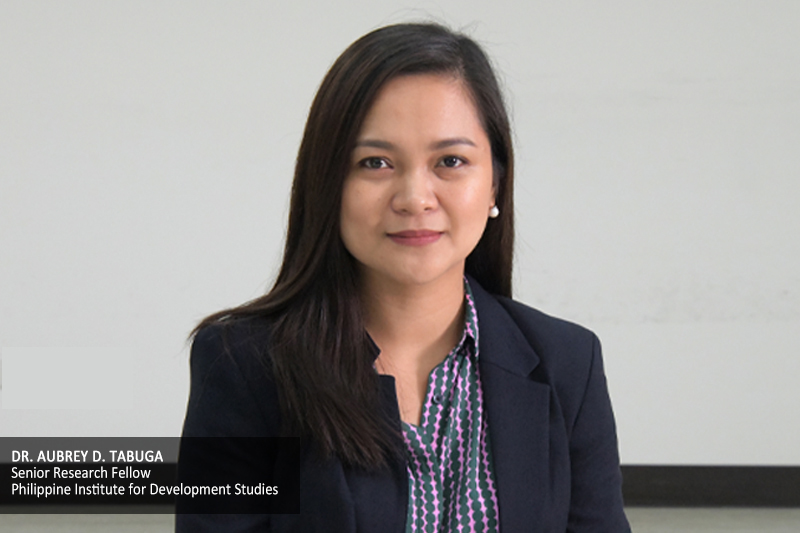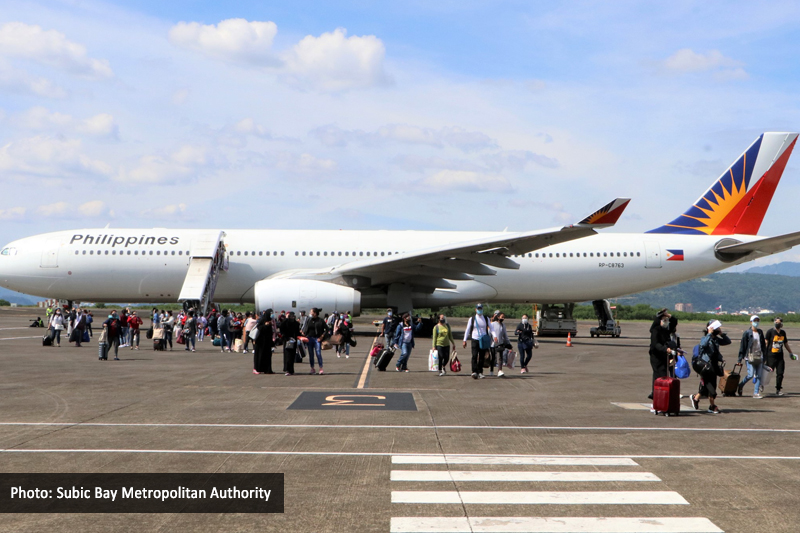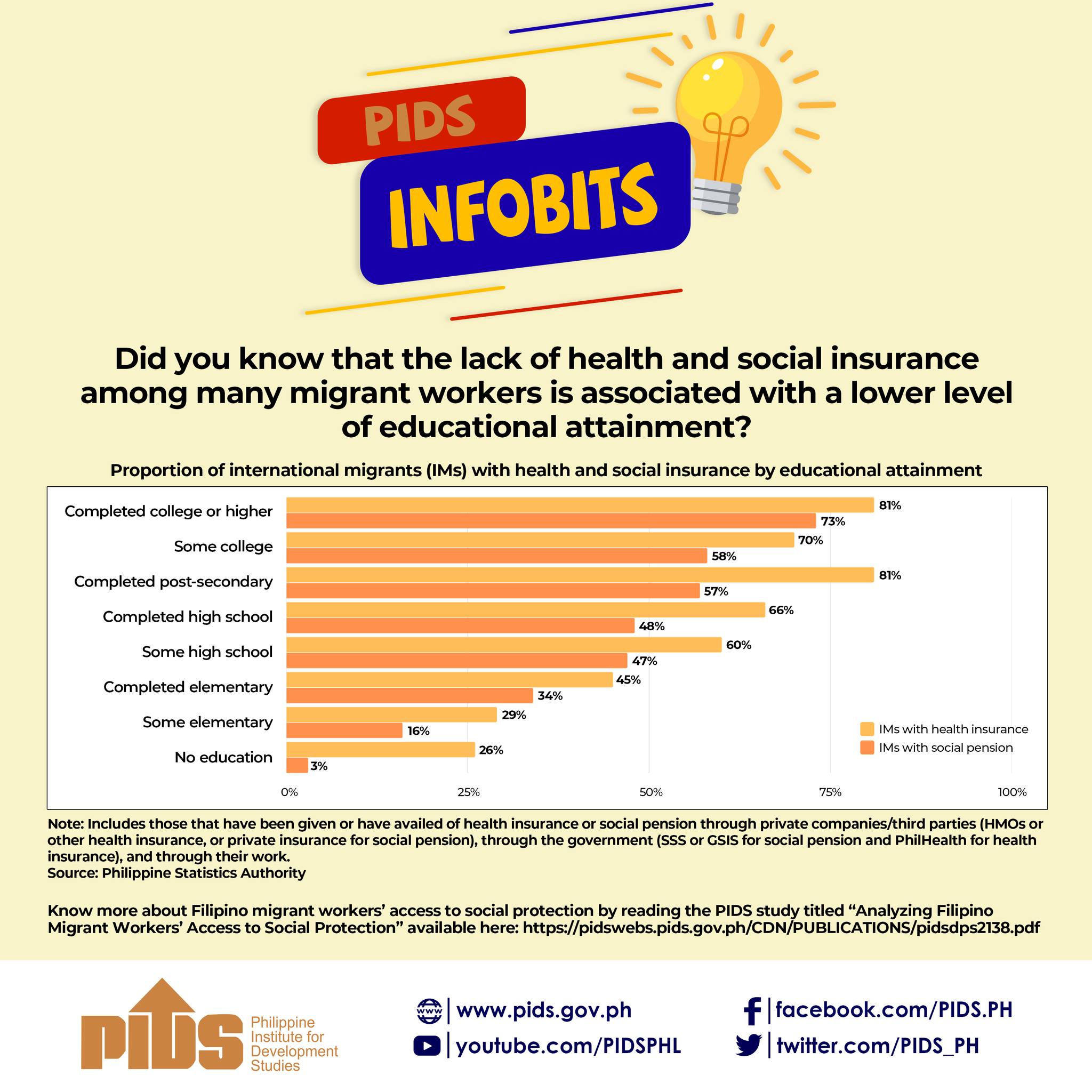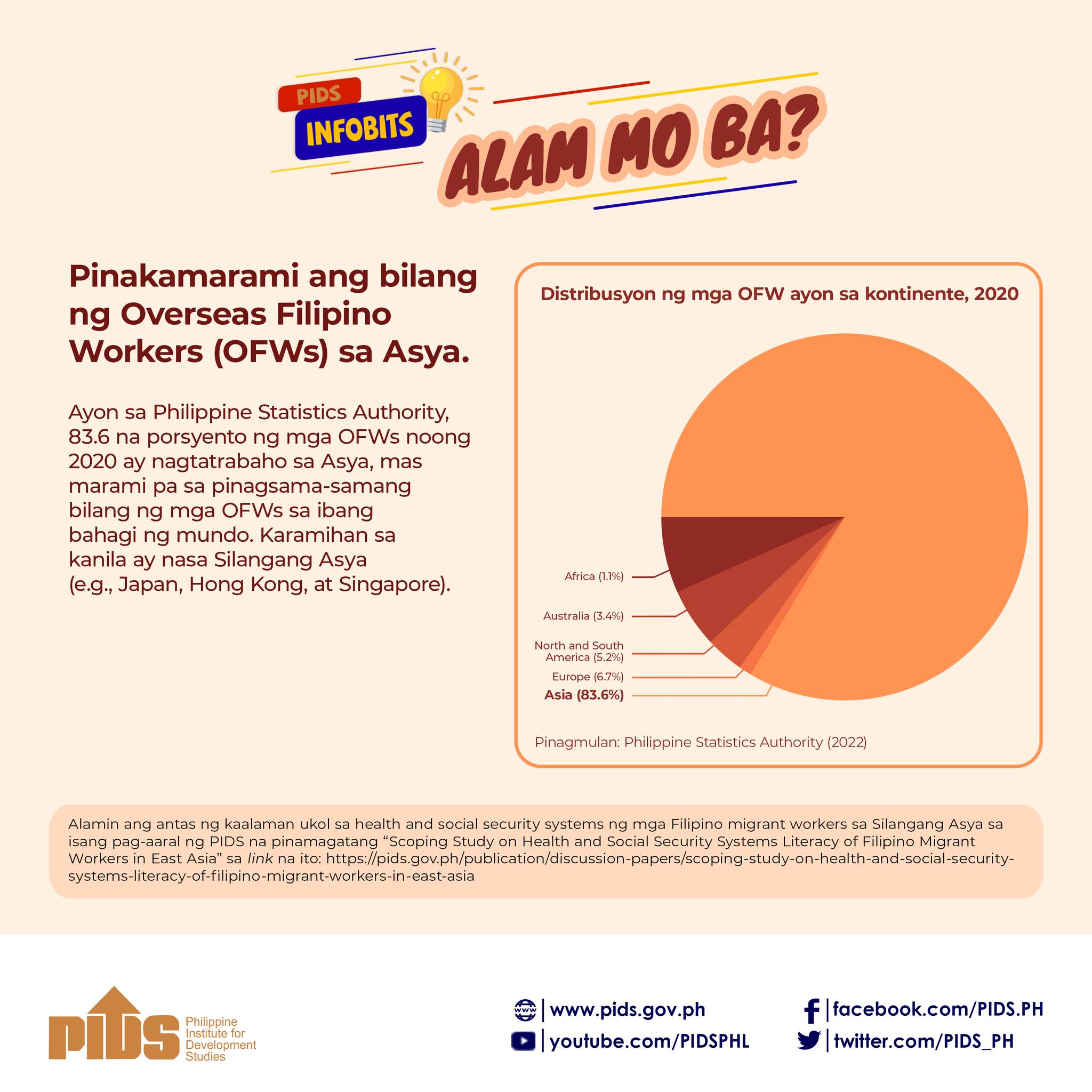The study on "Managing International Labor Migration in ASEAN: Thailand" aimed to study policies and institution arrangement for managing international migration as part of regional cooperation initiatives and bilateral agreements. The study emphasized on finding out why the current management of sending workers and protecting workers has not been effective. The data used for the analysis came from two main majority sources; 1) the quantitative data, including primary data on possible solutions, strategies, the secondary sources from Socio-Economic Survey (SES) and information where necessary to explain the socioeconomic impact of migrant worker families; and 2) the qualitative study collected from interview of key informants, focus group discussion with families of migrant workers, governments, brokers, and etc. As data allow, cost benefit analysis for out-migration as well as in-migration from government intervention programs was applied.
The theory of push and pull factors were used for describing reasons that forced migrant workers to work overseas. As of the study, there was the evidence that pointed out that poverty and indebtedness were push factor for both emigration and immigration while higher income in the destination countries was the pull factor. The study further found that both of emigration and immigration were beneficial in various aspects including increase in the gross domestic product (GDP) in both country of origin and the destination country. Remittance was an important source of the country development budget, increase in the level of national saving, and improve income distribution.
However, it was due to the fact that most migrant workers were from low educational background, thus most of them become victims of exploitation and human trafficking from the agencies and employers in particular undocumented workers. Even though, Thai government has many laws and regulations regarding prevention and protection of migrant workers such as Labour Law and Labour Protection Act; and the Memorandum of Understandings (MOUs) in regional and bilateral level, these have not been effective due to the weakness in law enforcement of the authorities.
Citations
This publication has been cited 5 times
- Orbeta, Aniceto Jr. C. and Kathrina G. Gonzales. 2013. Managing international labor migration in ASEAN: Themes from a six-country study. Discussion Papers DP 2013-26. Philippine Institute for Development Studies.
- Orbeta, Aniceto Jr. C. and Kathrina G. Gonzales. 2013. Managing international labor migration in ASEAN: Themes from a six-country study. Discussion Papers DP 2013-26. Philippine Institute for Development Studies.
- Srinivas, Shivakumar and Satya Sivaraman. 2021. Understanding relevant Sustainable Development Goal targets related to labour migration in the Association of Southeast Asian Nations during the Coronavirus disease pandemic. Number 2021-RPR-04. Economic Research Institute for ASEAN and East Asia (ERIA).
- Tipayalai, Katikar. 2020. Impact of international labor migration on regional economic growth in Thailand. Pan-Pacific Association of Input-Output Studies (PAPAIOS) 9, no. 1, 1-19. Springer.
- Tipayalai, Katikar. 2020. Impact of international labor migration on regional economic growth in Thailand. Journal of Economic Structures, vol. 9, No. 1, 1-19. Springer;Pan-Pacific Association of Input-Output Studies (PAPAIOS).



